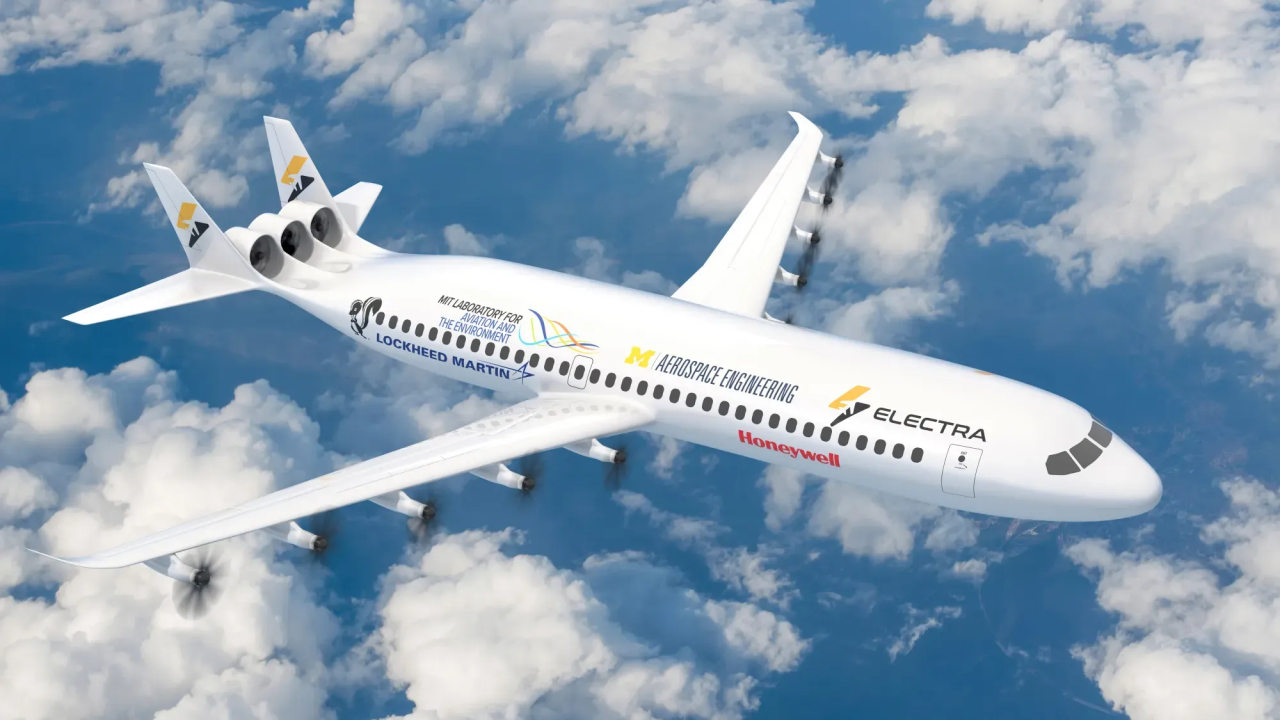The global landscape of commercial aviation develops thanks to technological advancements and a growing focus on sustainability. The business is poised to be at the beginning of a revolutionary period. New trends and developments that are shaping the future of commercial aviation. From sustainable methods to cutting-edge innovations and advancements in the design of aircraft, as well as passenger experience, the course of the aviation industry is characterized by significant changes.
A sustainable approach to aviation requires off
One of the biggest changes in aviation is the coordinated effort towards sustainability. Airlines are increasingly acknowledging the need to cut down on their carbon footprint and adopt environmentally friendly methods of operation. The use of sustainable aviation fuels (SAFs) is being developed as a possible solution, made from renewable sources and designed to reduce greenhouse emissions. Since airlines around the world have committed to zero-carbon goals and targets, the use of SAFs is now the mainstay of their environmental policies.
In the month of November 2023, Emirates performed a demonstration flight departing from Dubai International Airport using an A380 equipped with 4 engines running 100 SAF at a . Virgin Atlantic has also proven the effectiveness of SAF on a flight between London in the UK and New York. Its Boeing 787 engines are fueled completely with 100% SAF.
In parallel, the manufacturers of aircraft are investigating electric propulsion systems and hybrid electric aircraft. These developments aim to reduce the dependence on traditional jet fuels and pave the way to cleaner and environmentally efficient flying operations. Sustainable practices aren’t just a trend; they are an essential step toward a more responsible and sustainable future of commercial aviation.
Technologies that are emerging transform the sky
Commercial aviation’s future is tied to cutting-edge technologies, which promise to revolutionize the way we fly. Artificial Intelligence (AI) is playing an important role in improving operational efficiency, from optimizing routes to improve fuel efficiency to predictive maintenance that ensures the aircraft is in top condition.
Furthermore, the idea that autonomous flights are beginning to gain momentum, thanks to advances in autonomous systems as well as UAVs. (UAVs). Although fully automated commercial flights are at the forefront, the use of autonomous technology is slowly becoming a reality in a few aspects of aviation.
5G connectivity is expected to transform the experience of flying by providing passengers with uninterrupted internet connectivity, real-time streaming of entertainment, and improved communications capabilities. A connected plane of the future will not just be a means of transport, but also an aggregator of digital experiences that will transform the way that passengers interact with the world through the skies.
Advancements in aircraft design
Innovative aircraft designs have changed the design of commercial aircraft. Materials that are lightweight, like advanced composites and carbon fibre reinforced plastics, are gradually replacing conventional metals, adding to fuel efficiency and reducing the overall weight. These materials, in conjunction with aerodynamic advances, can result in more efficient aircraft.
The development of supersonic or hypersonic aircraft is another area that holds potential for the next generation of aircraft. These planes with high speeds are able to dramatically cut travel times and open the door to new possibilities for long-haul flights as well as global connectivity. While still in the research phase, the possibility of hypersonic or supersonic travel could be a radical shift in the way we think about travel by air.
Enhancing the passenger experience
The aviation industry is taking on technological advancements, and focusing on improving the experience of passengers is the main priority of a number of airlines. From the moment that passengers enter the terminals, new technology has been used to improve processes, decrease wait times, and offer the most personalized experience.
Biometric technology, such as fingerprint scanners and facial recognition, is gaining popularity at airports, easing the process of checking in, security, and boarding. This does not just improve security, but helps to provide a fluid and efficient experience for travelers.
Inside the plane, the cabin is changing. The modern interiors are designed to provide convenience and feature smart seating layouts and customizable areas that meet a variety of passenger requirements. The in-flight entertainment systems are evolving to deliver a more complete and personalized experience, giving passengers an array of entertainment options.
Future-proofing the field in aviation training
With these transforming changes, the significance of aviation training, specifically for those who are undergoing flight instruction in Australia, is crucial. The need for highly skilled professionals, such as those with the Commercial Pilot Licence, is likely to increase with the ever-growing aviation landscape. Future pilots must be equipped with more than traditional flying skills, but also a thorough knowledge of the ever-changing technological and environmental elements of aviation in the modern age.
The aviation education system is adapting to the changing times; future pilots need to undergo a comprehensive course that covers the most recent techniques, sustainable methods, and the specifics of operating the latest aircraft. The future of aviation for commercial use depends on a new generation of pilots who are not just adept at flying but also can adapt to the sector’s constantly changing and evolving nature.
Conclusion
Commercial aviation’s future will be an exciting journey through unexplored skies that is guided by the environmental compass, driven by cutting-edge technology, and characterized by a commitment to providing passengers with the best experiences.
